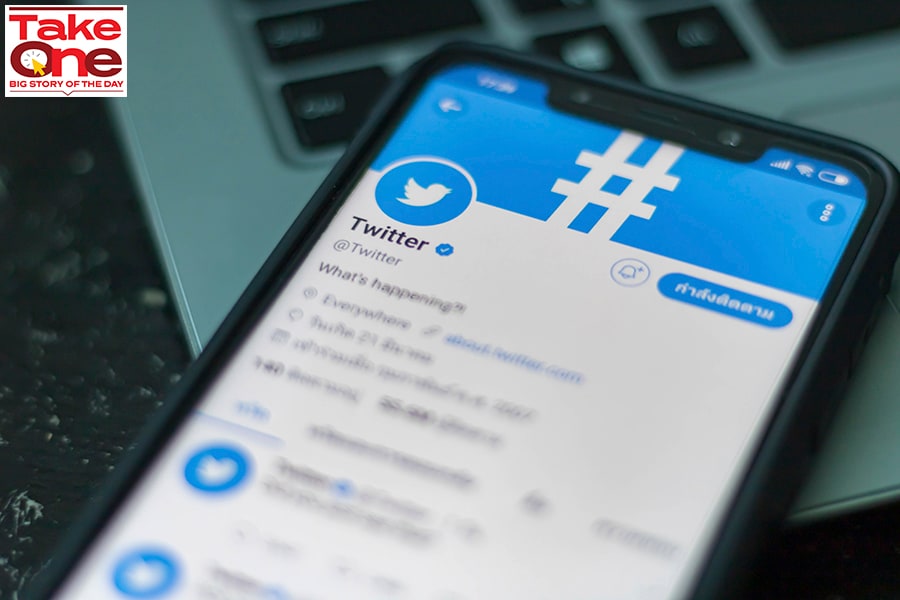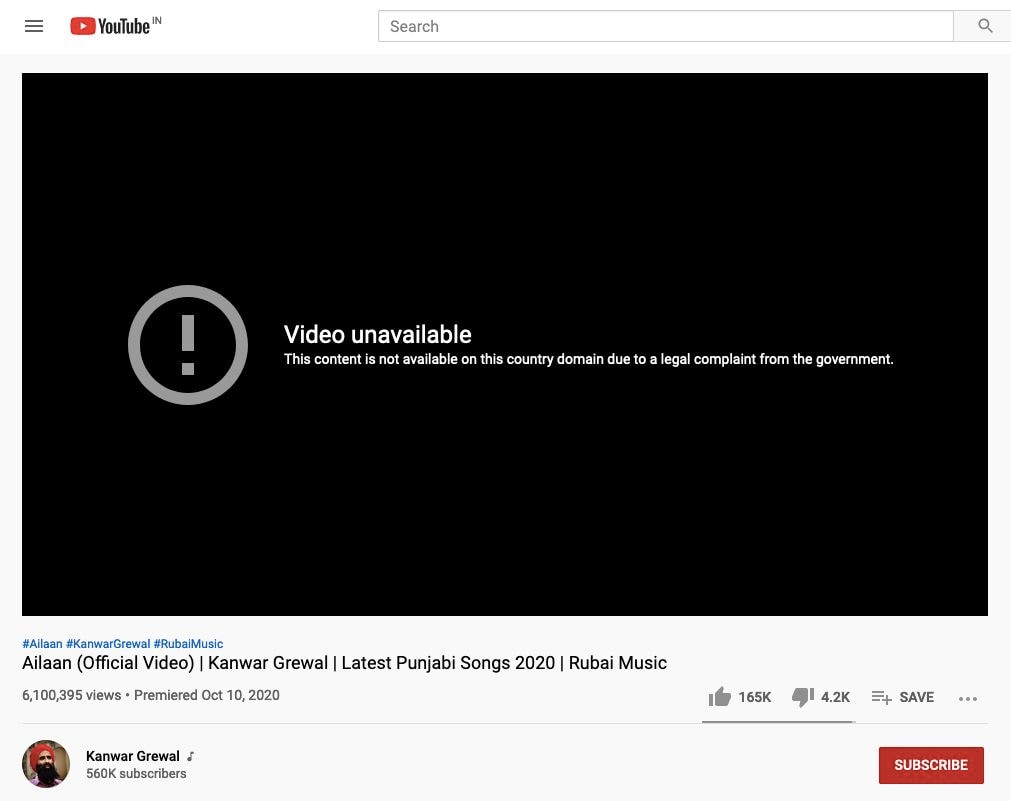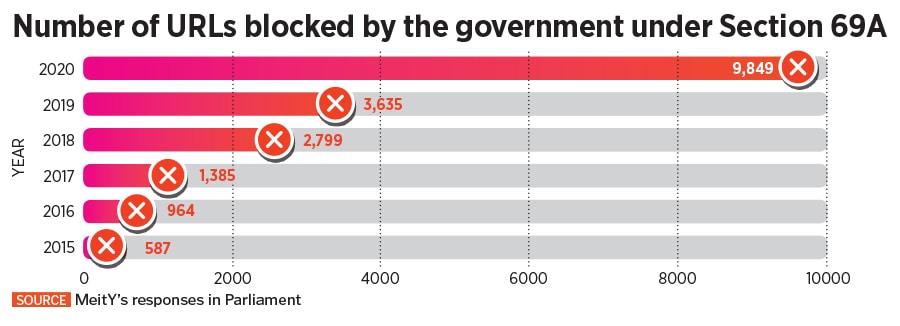
Blocking on govt orders is Twitter's litmus test on free speech
Micro-blogging platform clarifies it hasn't taken any action on accounts from the media, activists and politicians
 Image: Shutterstock
Image: Shutterstock
Following 10 days of back and forth between Twitter and the Ministry of Electronics and Information Technology (MeitY), the social media platform on Wednesday categorically said that while it has withheld a portion of the accounts identified in the Section 69A blocking orders in India, “we have not taken any action on accounts that consist of news media entities, journalists, activists, and politicians”.
Since January 31, the MeitY has served Twitter with an unspecified number of Section 69A blocking orders. Twitter specified on Wednesday that two of these were emergency blocking orders with which the platform “temporarily complied but subsequently restored access to the content in a manner that we believe was consistent with Indian law”.
Read Twitter's response to government's blocking orders here
The first of these orders was issued on January 31 and directed Twitter to block 257 URLs and one hashtag. Twitter, however, took action only on February 1, and also restored access on the same day. Before that, it had met the Section 69A blocking committee wherein it argued that the content was “free speech” and “newsworthy” and hence should not be taken down, The Indian Express reported.
From the non-compliance notice that MeitY subsequently sent to Twitter on February 2, which was first reported by The Indian Express, it is clear that the emergency orders were issued in relation to the hashtag ‘#ModiPlanningFarmerGenocide’. The 18-page notice said the “impracticability or the disproportionality” of blocking the hashtag could not be decided by Twitter. “[T]he content attached to the said hashtag had been found to be directly falling afoul of Section 69A of the IT Act. In this regard, it is necessary to point out to the stated irrationality of Twitter conducting a purported constitutional balancing act in the absence of any legal mandate,” the notice read.










